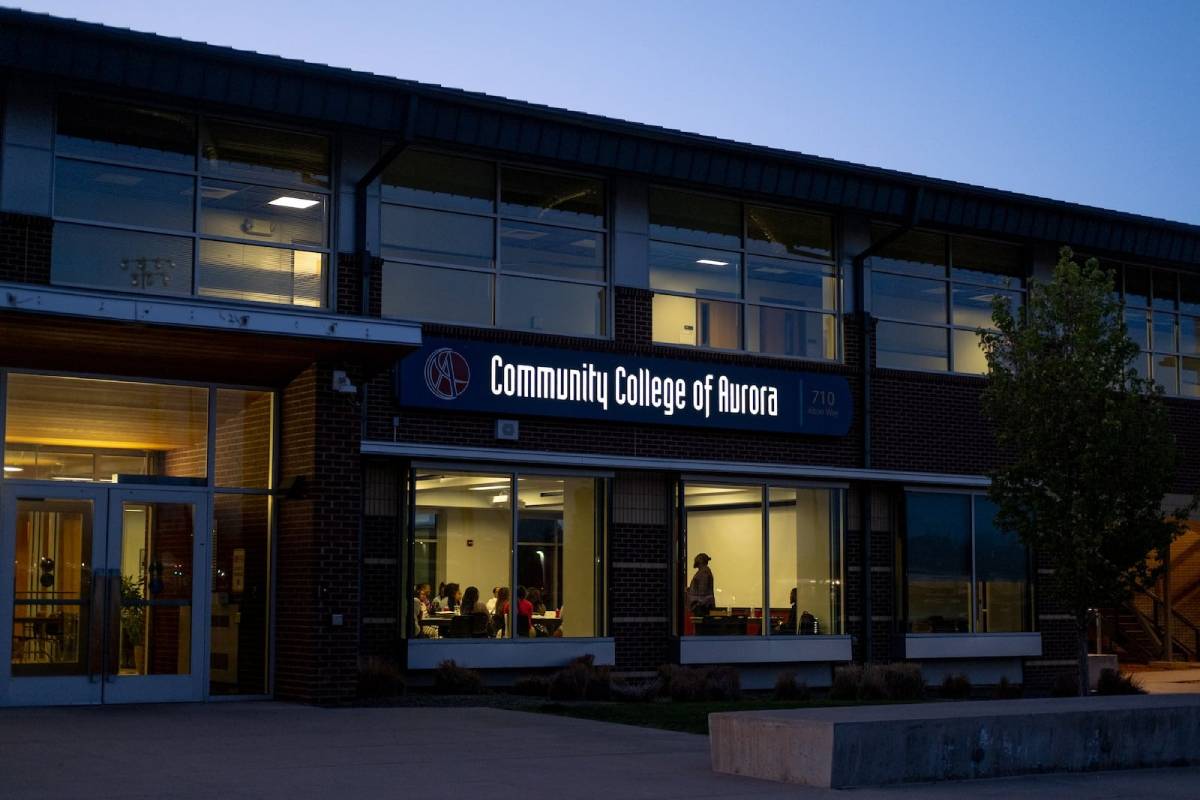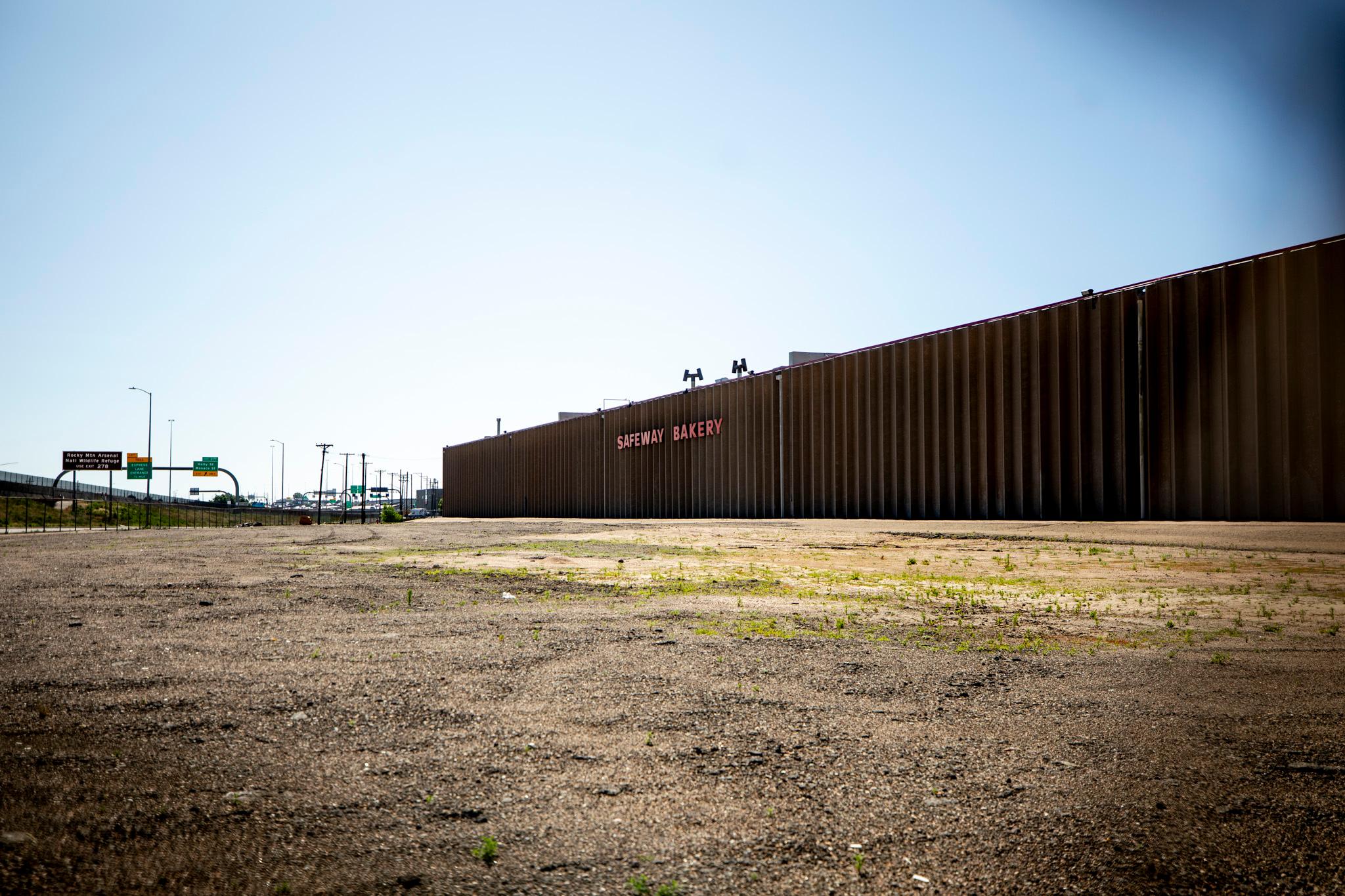 The world’s largest mural, located in Pueblo, will be destroyed when plans go ahead later this year to refurbish the worn structure upon which it is painted.
The world’s largest mural, located in Pueblo, will be destroyed when plans go ahead later this year to refurbish the worn structure upon which it is painted.
The Pueblo Conservancy District’s plans to renovate a 90-year-old levee along the Arkansas River will eliminate a nearly three-mile-long mural painted on the levee’s facade.
According to the Guinness World of Records, the Pueblo levee mural is the largest of its kind in the world, at 16,554.8 m² (178,200 ft²). Begun in the late 1970s as isolated patches of graffiti, the sprawling and now continuous artwork has since grown to become almost 3.21 km (2 miles) long and 17.67m (58 ft) tall.
It depicts everything from a 65-foot-tall image of reggae artist Bob Marley to a local steelworks in 1902 to the philosopher Karl Marx wearing a pair of bunny ears.
District engineer Rick Kidd says that the repairs to the levee need to be made in order to comply with Federal Emergency Management Agency (FEMA) standards for flood protection.
“There has been a lot of deterioration -- cracking and buckling,” Kidd says. “It has to be replaced.”
The plans, which were originally proposed in March, involve building a work platform on top of the levee. The construction of this platform would entail the removal of the top of the levee. In addition, the plans call for the resurfacing of the levee’s deteriorating concrete facade.
“Most of the mural is going to be adversely affected,” Kidd says of the project, which is expected to cost $12 million to $13 million and take between three and four years to complete.
Pueblo-based teacher and artist Cynthia Ramu has been coordinating the Pueblo Levee Project since 1994 and has painted around 35 pieces on the levee’s surface since 1989.
Ramu says she understands the safety considerations and appears to be resigned about the fate of the mural.
“It sounds like a done deal to me,” Ramu says.
However, she hopes that at least part of the mural can be salvaged and suggests that chunks might be cut away and lowered into the Arkansas River in what the artist describes as a “flowing gallery.”
“When the Berlin Wall went down, they cut it into large sections,” Ramu says. “You would think there would be a way to save some of this mural.”
Kidd says the Pueblo Conservancy District board is looking at options to salvage key parts of the artwork, including applying to the Colorado Historical Society for a grant to undertake conservation of some of the most significant sections.
But the proposition is costly.
“These concrete slabs are 10 inches thick,” Kidd says. “They’re very expensive to cut out.”
On Wednesday, the Pueblo Conservancy District which oversees the Arkansas River levee took action to find a qualified contractor to repair the aging structure.









